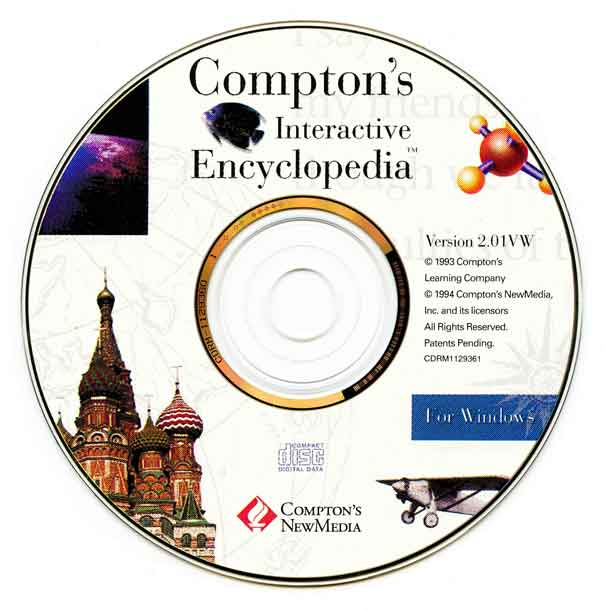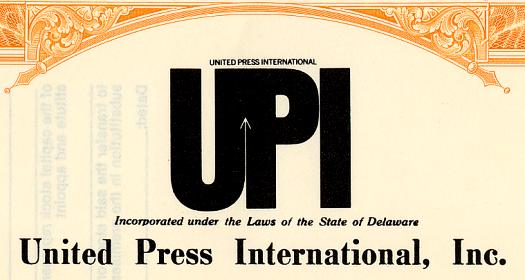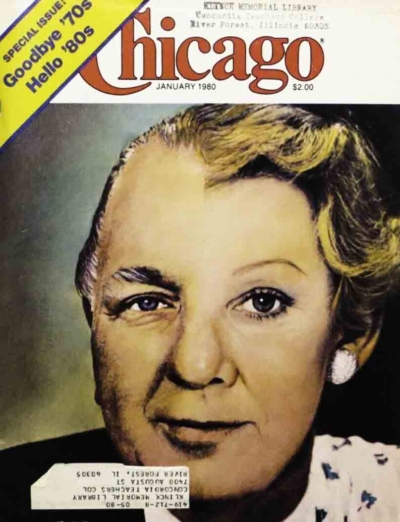In 1981, Tom Goetz’s retired predecessor Warren Preece published “Notes Towards a New Encyclopedia.” In this article, Preece described the coming electronic encyclopedia.
As one of the architects of the 15th Edition, Preece was intimately familiar with the dense tapestry of cross references that connected related pieces of information spread throughout the Micropaedia, Macropaedia, and Propaedia, the three parts of the encyclopedia. He, more than most, was in a position to ponder the way in which the electronic publishing future might affect a corpus of this nature, and he explored the contours of these possibilities in his article.
Not only did Preece write that his newly envisaged encyclopedia would have an electronic version, but he also saw what Vannevar Bush had not been in a position to see: optical laser-disc technology could be the likely storage medium for encyclopedic data.
Preece also noted that with over 300,000 home computers then in private use in the U.S., online query privileges for up-to-date encyclopedic information was another possible direction for the encyclopedia of the future to take. He also was attuned to the competitive advantages an electronic encyclopedia would have over the book: it could hold more, be searched faster, and be updated more easily.
At Britannica at this time, Van Doren was already leading the charge into Preece’s Brave New World. In May 1980, he had circulated to his colleagues a new agreement between Britannica and Mead Data Central. The four-year agreement called for the full text of the Encyclopædia Britannica to be put online as part of the Lexis-Nexis service.
Mead was to pay Britannica up to 25 percent of Mead’s revenues from encyclopedia subscriptions. While being careful to discourage copyright infringement by not permitting subscribers to print articles from the encyclopedia, Britannica had now committed itself to an electronic future in more than a symbolic way.









